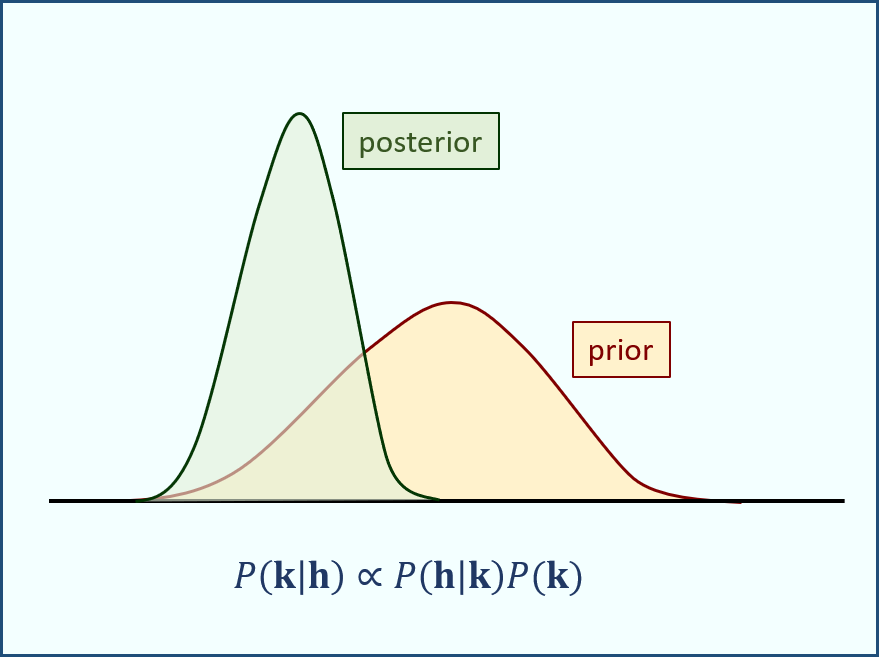|
<< Click to Display Table of Contents >> Nonlinear uncertainty analysis |
  
|
|
<< Click to Display Table of Contents >> Nonlinear uncertainty analysis |
  
|
In this section we look at how Bayesian analysis, or more correctly approximate Bayesian analysis, can be implemented using members of the PEST and PEST++ suites. Most of the discussion of this section focusses on the PEST suite. See the PEST++ manual for more information on PESTPP-IES. Note, however, that when it comes to posterior analysis of the uncertainties of predictions made by groundwater models, PESTPP-IES is often the tool of choice.
So why is "approximate Bayesian analysis" the correct term to use?
Bayesian analysis is difficult to implement in highly parameterised contexts. However groundwater decision-support requires that we use many parameters. If we do not use lots of parameters then we are likely to understate the uncertainties of management-critical model predictions.
Difficulties are exacerbated when relationships between model outputs and parameters are nonlinear. Algorithms which implement Bayes equation must then be applied iteratively - with some loss of Bayesian purity. However our choices are limited when working in a highly-parameterised world, as algorithms such as rejection sampling and Markov chain Monte Carlo which have impeccable Bayesian credentials require too many model runs to be useful.
